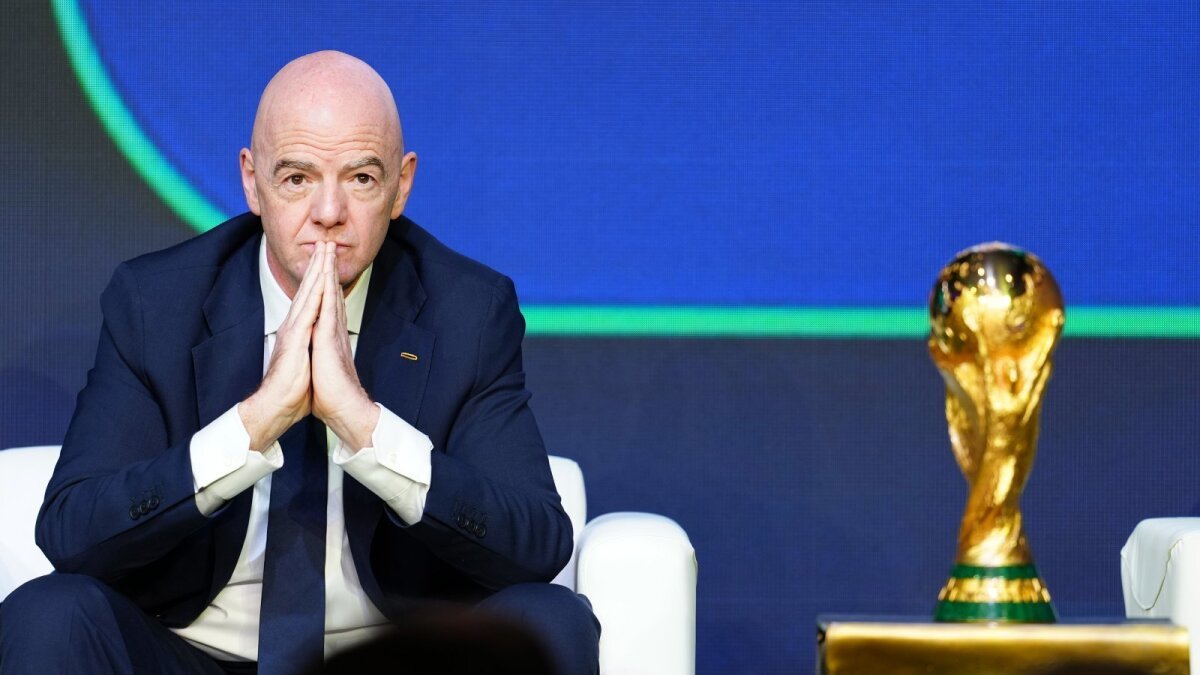Obesity Drug Treatments On the Rise
Obesity Drug Treatments On the Rise
Posted January. 16, 2006 03:00,
A is in her early 30s and has a professional career. She is 160 centimeters tall and weighs 55 to 60 kilograms. Last fall, she visited an obesity clinic in the southern part of Seoul.
After listening to her weight-gain worries, her doctor prescribed medication. Since then, A, who thinks that she is much heavier than she really is, has relied solely on drugs instead of diet or exercise. As a result, she is now suffering from severe mental disorders, including insomnia.
A recent study shows that obesity clinics and obesity patients who try to lose weight tend to have an excessive reliance on drugs. In addition, the study revealed that many of those who run obesity clinics majored in disciplines that have little relevance to obesity. This lack of expertise is pointed out as a factor that aggravates the problem of drug overuse in obesity treatment.
This was first reported on January 15 at the Korean Academy of Aesthetic Medicine (KAAM) academic conference held in the Lotte Hotel in Jamsil, Songpa-gu, Seoul. From last December until early January, KAAM surveyed 186 obesity clinicians and 12,105 visitors at 10 obesity clinics.
According to the survey of those who run obesity clinics, 60 percent administered more than four drugs for the treatment of obesity. However, over 60 percent failed to fully explain to patients the side effects of the drugs, or did not mention them at all.
Among 186 obesity clinic doctors, 74 used four medicines, and 37 used more than five.
Doctors cited good effectiveness, (149) followed by reasonable prices (57) as the top reasons for using drugs to fight obesity. But 105 doctors said they did not properly explain the possible side effects of drug treatment to patients, and five did not mention them at all.
Of the 12,105 men and women who visited 10 obesity clinics from 2001 until 2005, only 34.5 percent of the women were really obese. A total of 45.8 percent of female clinic visitors in their 20s had normal weights. But 42.4 percent of the male visitors surveyed went to obesity clinics only after they had reached the point of obesity.
Se-Jin Jung mint4a@donga.com weappon@donga.com







